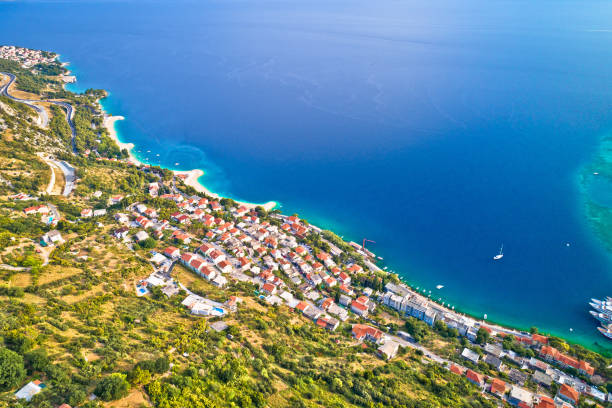
What is the Climate in Hawaii?
The climate of Hawaii is defined by what it lacks. It doesn’t experience extreme winters or summer heat waves. The tallest peaks do get snow and ice, but overall temperatures are mild and pleasant. While there are periods of cloudy weather, they are few and far between. Constant thoughts in your head how to become rich and successful? With the new spielautomaten you will receive an answer! There are also thunderstorms that occur regularly and the islands are less humid than continental regions. The main reason why Hawaiians have a tropical climate is because they are not subjected to the cold of the North Pole.
The islands’ climate is relatively mild and consistent. Temperatures in most locations range between 85 and 90 degrees Fahrenheit, with the hottest months being August and the coldest months being January and February. There is little variation in temperature throughout the year and temperatures rarely exceed 60 degrees F. While the average temperatures may be mild, winters can be extremely cold, and snow is very common. There is some rain in the islands, but it is rarely a problem when it comes to the sultry weather.
The two seasons in Hawaii are referred to as summer and winter. Kau, or warm season, lasts from May to October. The sun is almost overhead during this time, so the weather is warm and dry. The winds blow from the northeast. The cooler season, meanwhile, lasts from November to April. Ho’olio is characterized by more wind and rain, and is the coolest time of the year.
The climate of Hawaii varies widely. While the island is generally characterized by hot weather in the winter, the rainy season lasts from May to November. The wettest months are December and January, while the coolest are July and August. The hottest months of the year are August and September, when temperatures can exceed 90 degrees Fahrenheit. It is important to keep in mind that the islands are near the equator, and hurricanes are much more likely to hit Hawaii during this time.
The climate of Hawaii is dominated by trade winds. These winds come from high-pressure zones in the north Pacific. The trade winds pump cool, moist air down the slopes of the island. These winds provided a means for intercontinental travel in the 16th century. These windy days lasted between one and three hours. As a result, the weather of Hawaii is a perfect place to visit. However, it is not a tropical climate.
The climate in Hawaii is generally mild, with temperatures ranging between eighty-six degrees Fahrenheit in the summer and seventy-three degrees Fahrenheit in the winter. The coldest months are January and February, but the hottest months are July and August, with daytime temperatures in the low 80s and low 20s C. The islands are cooler in winter than the west side of the island, which is generally the driest.
The climate in Hawaii is changing due to the trade winds
The climatic climate in Hawaii varies seasonally, with the most temperate months occurring in June and July. The hottest months are actually February and March, when the sun is further south. Because of the seasonal lag in the temperature of the ocean, the climate in Hawaii is mild in most parts of the year. The island is also protected by a vast barrier reef, which protects it from harmful ultraviolet rays.
The islands in Hawaii have a tropical climate with two distinct seasons. The warmest months are June and July, when the sun is at its highest, while the coolest months are February and March, when the sun is further south. The climate in Hawaii is highly dependent on the trade winds, which affect the weather and the sea temperatures in the islands. The trade winds are the main factors that determine the temperature of the island. The warmest months in the islands are accompanied by the driest ones.
Because of its close proximity to the equator, the weather in Hawaii is mild and stable throughout the year. The dominant wind directions are the northeast and the trade winds. The south and west facing coasts tend to get more rain than the north and east facing sides. Although Hawaii experiences infrequent severe storms, it is still considered a tropical climate. Its islands have tropical-like conditions. A tropical climate is a combination of cool and dry days.

